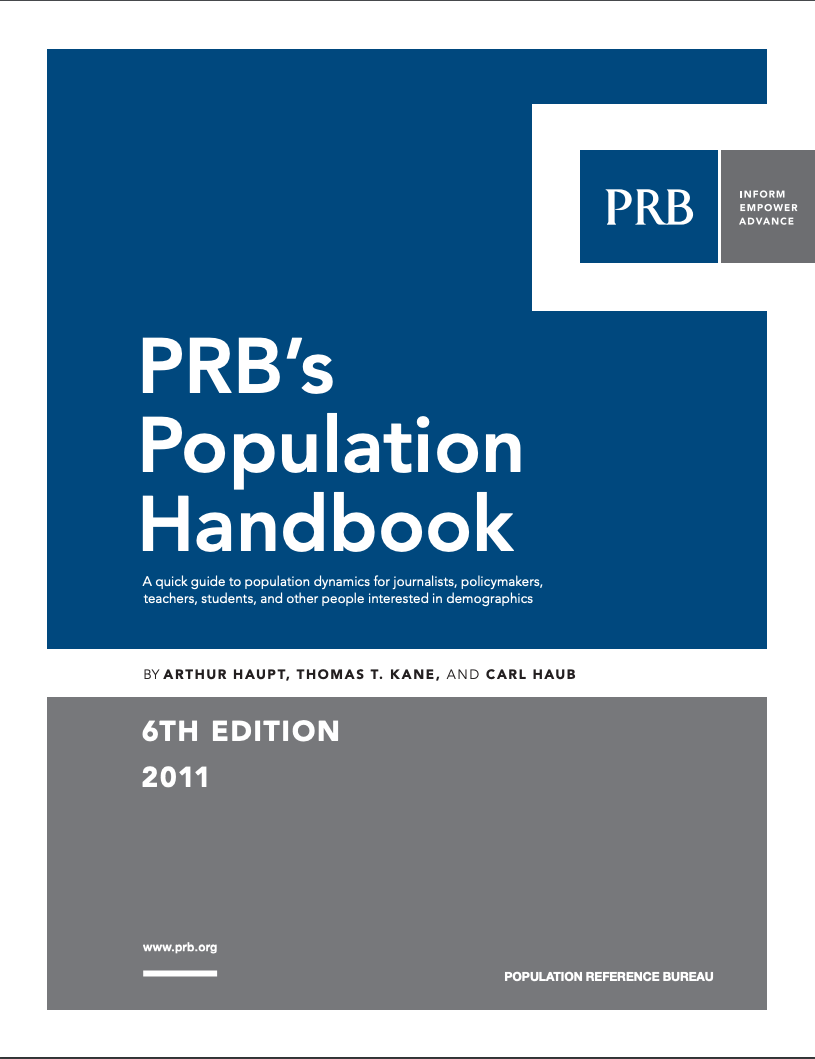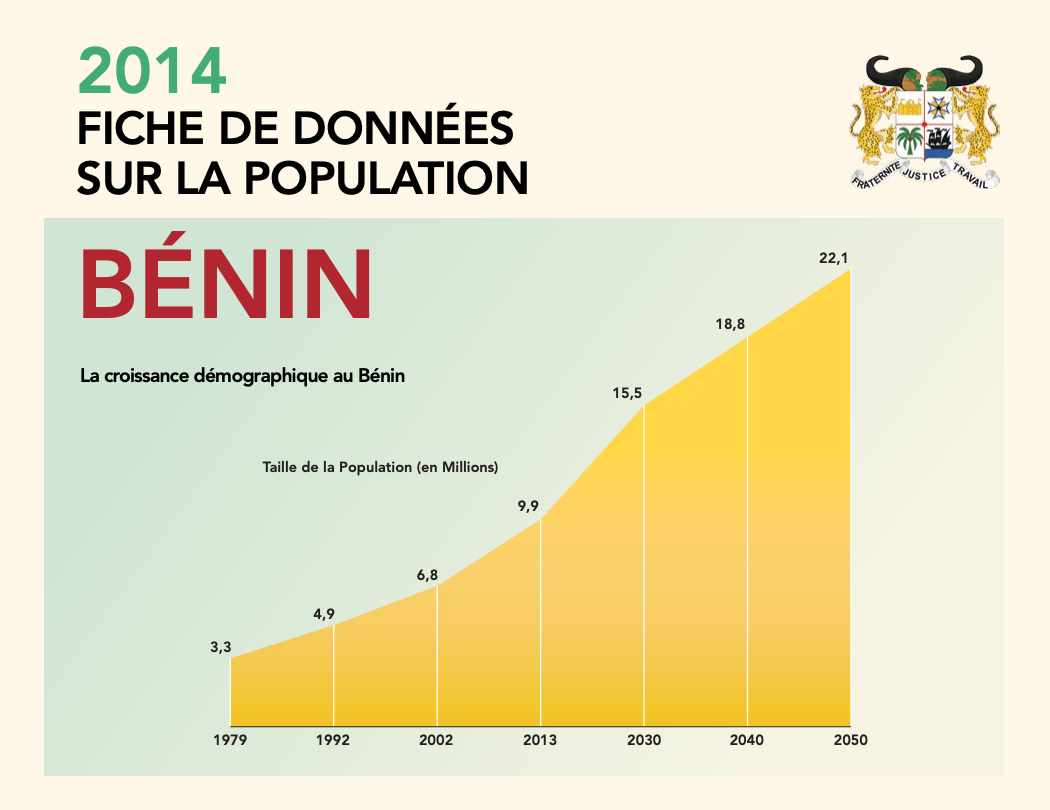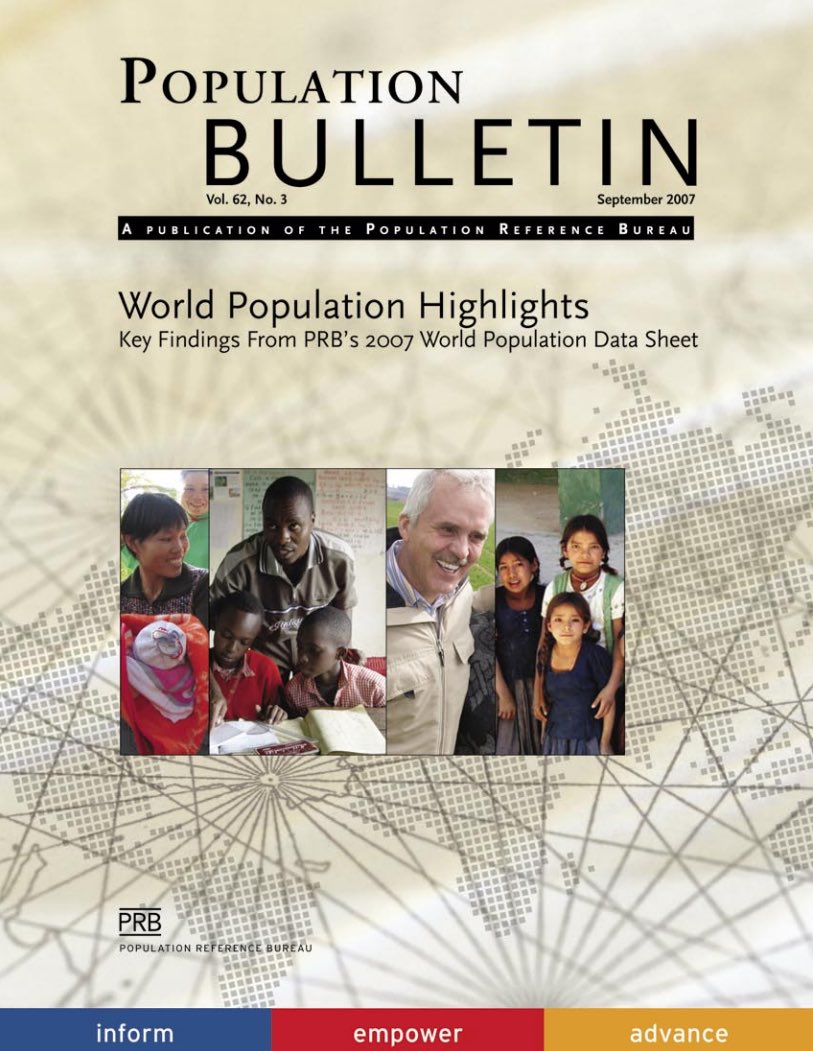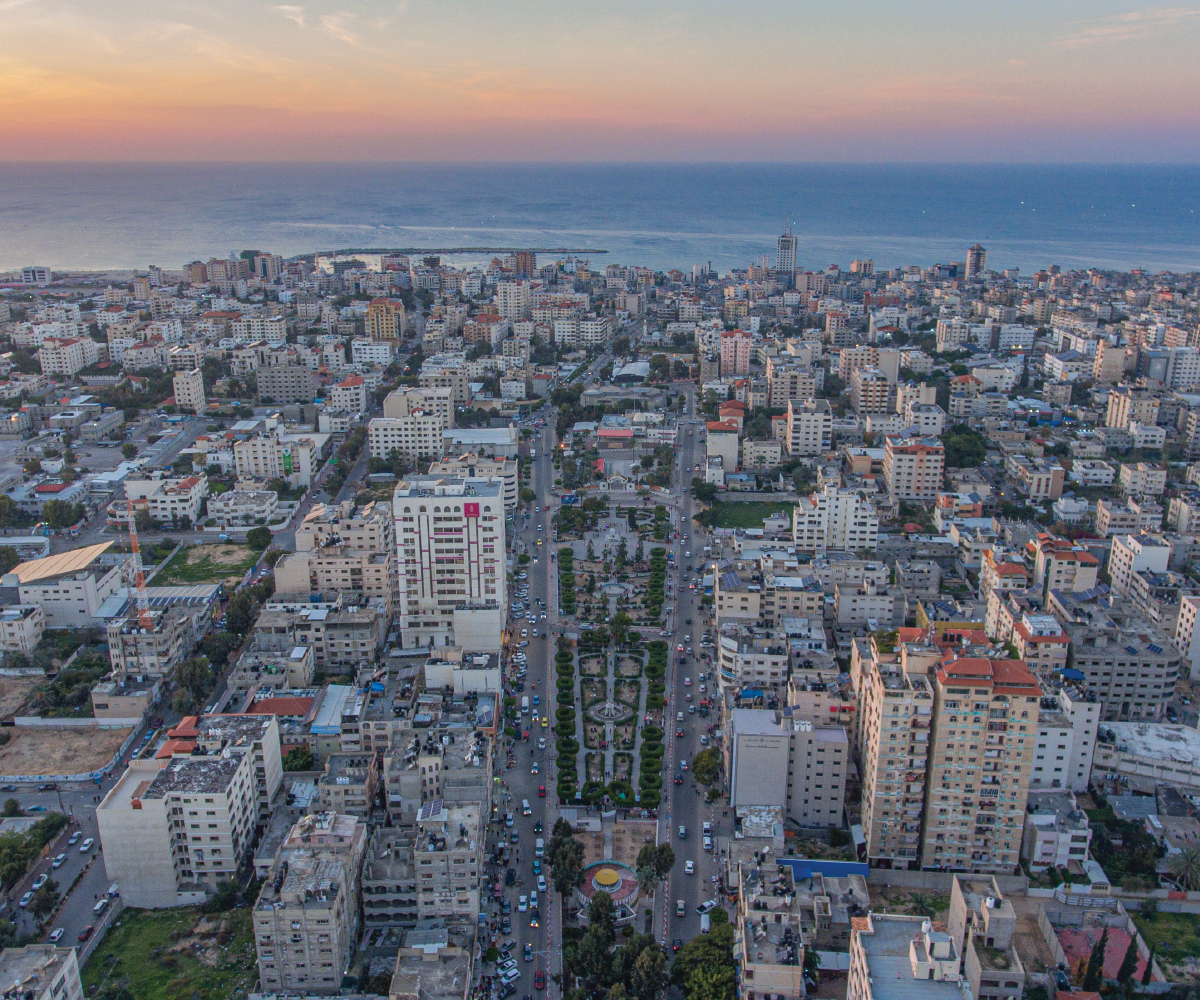Leaders of the East Africa Population, Health, Environment Network Build Skills in Policy Communications/Advocacy
(2009) Leaders of the East Africa Population, Health, and Environment Network met in Kigali, Rwanda, from Feb. 23-27, 2009, to reaffirm their commitment to examine the linkages between population, health, and environment (PHE) and explore integrated solutions to address these complex issues.






